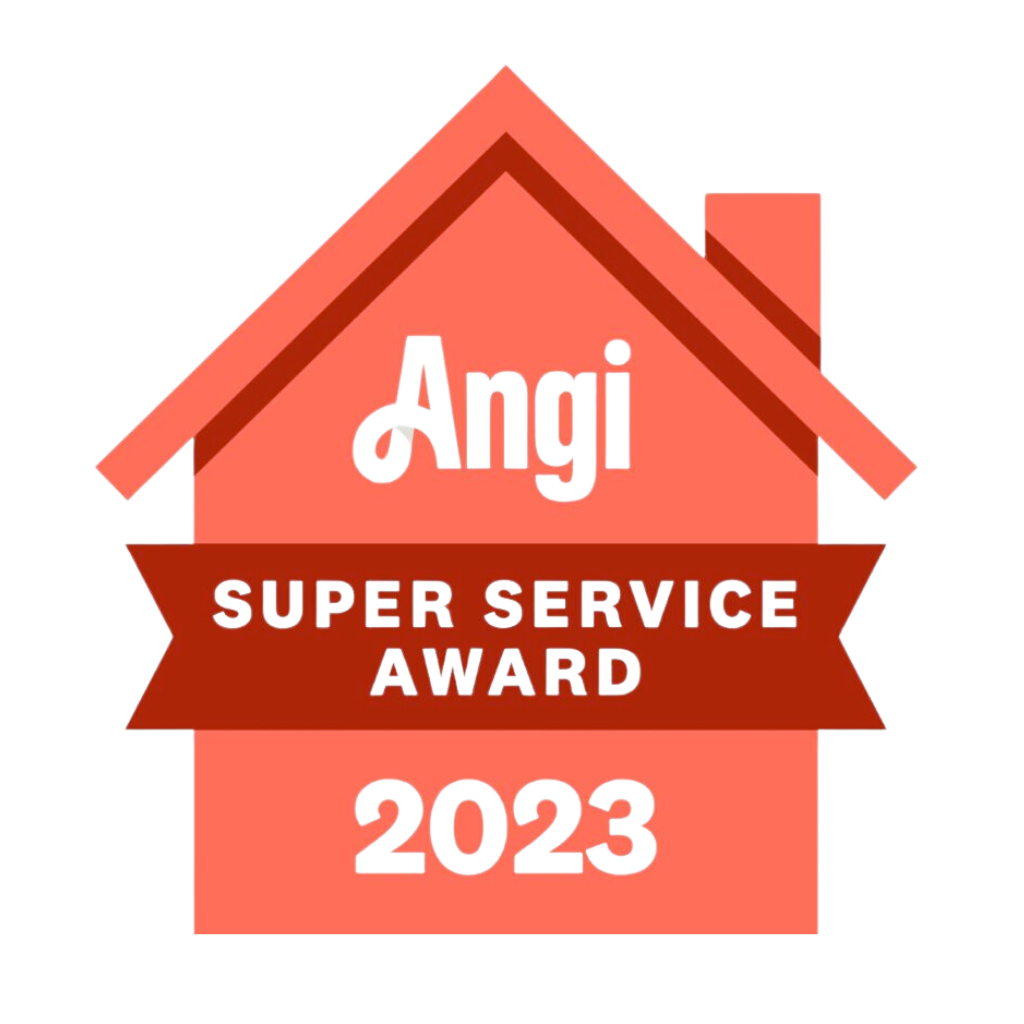Having problems getting your air conditioner to turn on or blow cold air? Resetting your AC unit is an easy first step to try to get it working properly again before calling for costly repairs. The following sections cover when and how to reset window and central air conditioning units.
When to Reset Your Air Conditioner
Home power failures often automatically reset appliances—except for air conditioning systems, which can maintain certain settings and functions. After even quick electricity outages, it’s wise to reset AC units manually.
Signs to prompt a reset include:
- Air conditioners not turning back on after a power outage
- AC displaying incorrect room temperatures
- Units blowing warm or hot air despite settings
- Higher electricity bills from disrupted programming
Storms causing surges and outages in summer months when AC use peaks commonly scramble the programming and performance of air conditioning systems.
A basic reset procedure quickly addresses issues like:
- Clearing temperature, fan speed, and mode memory after an outage
- Making an AC blow properly cold air again
- Eliminating any buzzing, grinding noises from disrupted fan functions
- Resetting desired temp and mode preferences without full unit reboot
So, when air conditioners act up after an outage, a quick control panel or power cord reset easily gets even older units humming properly again.
For more information, read our guide on understanding the power source of AC units.
How to Reset Your AC Unit
Air conditioning systems, whether central or window/wall units, usually have straightforward factory reset procedures. The type of AC will dictate how to go about the simple reset process.
Resetting a Central AC System
Most central systems include a control panel both inside the home and outside attached to the condenser. Power control can happen from the indoor interface, a dedicated isolation switch, or an outdoor circuit breaker.
- Locate Access Panel: The main control board may be on a garage wall, in a utility closet, or under the external section’s access cover.
- Find Reset Button: Consult the owner’s manual if unsure of location. Labels include “reset” or a circular button symbol.
- Press Firmly for 5-10 Seconds: Use a pen tip or small screwdriver to activate the reset function.
- Flip Power Back On: Return breakers/switches to the “on” status.
Give the central air conditioner adequate time to cycle through full diagnostic routines before reprogramming temperature or modes.
Resetting a Window or Wall AC Unit
Smaller window and through-wall air conditioning systems reset through a power cycle process:
- Locate Power Cord: Cords usually route through the back of the unit, but check the sides or bottom, too.
- Unplug Completely: Ensure full power disconnection for at least 60 seconds up to 5 minutes.
- Plug Back In: Listen for start-up tones and watch indicator lights.
- Let It Cycle: Run through the restart diagnostic before adjusting.
- Set New Temperature or Mode: The unit may default to factory settings on initial power-up.
Give window and wall air conditioners several minutes after being unplugged to reboot properly before expecting the desired cooling levels.
Verifying AC Operation After Resetting
Resetting an air conditioning unit attempts to clear any glitches in settings, programming, or power connectivity contributing to problems. After a reset, thoroughly test your AC system to see if any persistent issues remain needing a professional’s attention.
Ideally, an AC reset resolves minor performance problems. To confirm:
Check Air Temperature
- Feel the air flowing from vents after 10+ minutes of runtime. Cool flowing air meeting set temps indicates good operation.
Test Operational Modes
- Cycle through all functions – different cooling levels, fan speeds, and efficiency modes. Ensure each works properly.
Listen for Abnormal Noises
- Make note of any worrisome noises from outdoor condensers or indoor air handlers even after resetting, like:
- Screeching and grinding from failing fan motors
- Knocking, banging compressors
Ongoing issues after an AC reset signify potential refrigerant leaks, electrical shorts, or critical part failures. Have an HVAC technician verify issues are not simply programming-based before assuming repairs are unavoidable. Getting an expert assessment also protects system longevity.
When To Call For HVAC Service
While resetting your air conditioning unit may resolve many minor performance issues, some problems require a trained HVAC technician’s expertise. Catching these air conditioner problems early by calling a professional prevents more extensive AC repairs down the road.
Before investing in full air duct repair or replacement, have a technician properly diagnose issues through service tasks air duct cleaning cannot address:
Refrigerant Leaks
- Low levels from ruptured coils or loose fittings lower AC efficiency. Recharging refrigerant resolves temporary issues, but leaks may indicate more serious system damage.
Faulty Control Boards
- If AC problems persist after resetting control settings, the underlying main circuit board may need replacement. Only technicians can safely handle control board voltage.
Banging Compressors
- Unusual noises like banging or screeching compressors often precede total failure. Getting ahead of imminent damage reduces downtime.
Resetting AC equipment is a short-term fix. For persisting cooling, electrical, mechanical, or vent issues, engage professional HVAC services for in-depth troubleshooting and repairs. Catching small problems early reduces costs compared to replacing entire AC systems down the road. Technicians also optimize air conditioning units operating at peak efficiency through regular maintenance most homeowners cannot thoroughly perform.
For more information, read our related articles on unveiling the role of AC condensers and exploring the mechanics of home AC systems.
The Logan Difference
Since 1969, Logan Services A/C, Heat & Plumbing has provided quality heating and cooling maintenance, installation, and repairs across Ohio. And when it comes to resetting misbehaving air conditioning units, our technicians at Logan leverage decades of hands-on experience.
Our experienced technicians specialize in getting air conditioners operational again, whether your system needs:
- Resetting: Logan stocks parts for all AC brands to fix issues causing repeat resets.
- Repairs: Technicians troubleshoot and resolve underlying problems.
- Replacements: Logan maintains full inventory to replace damaged components.
Throughout all services, customer satisfaction and your comfort remain the top priorities. Each team member treats clients like family and personally takes your home’s climate. We will educate you on properly resetting your specific central or window AC unit as part of comprehensive solutions.
For any HVAC service needed, contact the pros at Logan Services A/C, Heat & Plumbing for quality service.
Frequently Asked Questions
Can I damage my air conditioner by resetting it?
Resetting your AC unit is generally a safe operation for most residential systems. Following proper procedures for your AC type by correctly locating reset buttons or power cords prevents any physical hardware damage or electrical issues during the process. Contact an HVAC company like Logan for help.
Why does my AC keep needing to be reset?
If your air conditioner requires frequent resets, an underlying issue is likely causing intermittent service disruptions or programming failures. Problems like loose wiring connections, aging circuit boards or sensors, low refrigerant levels, or failing motors may be the culprits needing diagnosis and repairs by an HVAC technician.
Should I reset my central and window AC units differently?
Yes, the recommended reset procedures differ between centralized whole-home AC systems and window or wall-mounted AC units. Central air conditioners utilize control panels often located indoors and out to reset via a clearly labeled reset button. Meanwhile, window units require manually unplugging and reconnecting power to complete a full system reset.



















